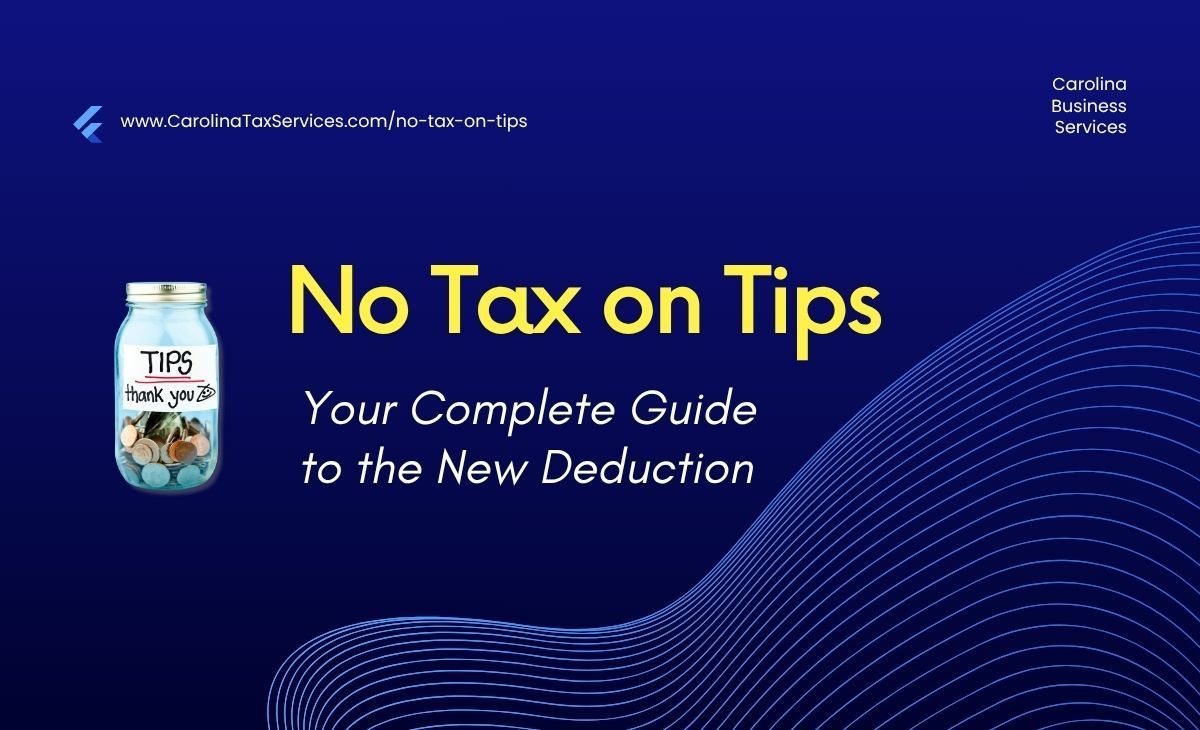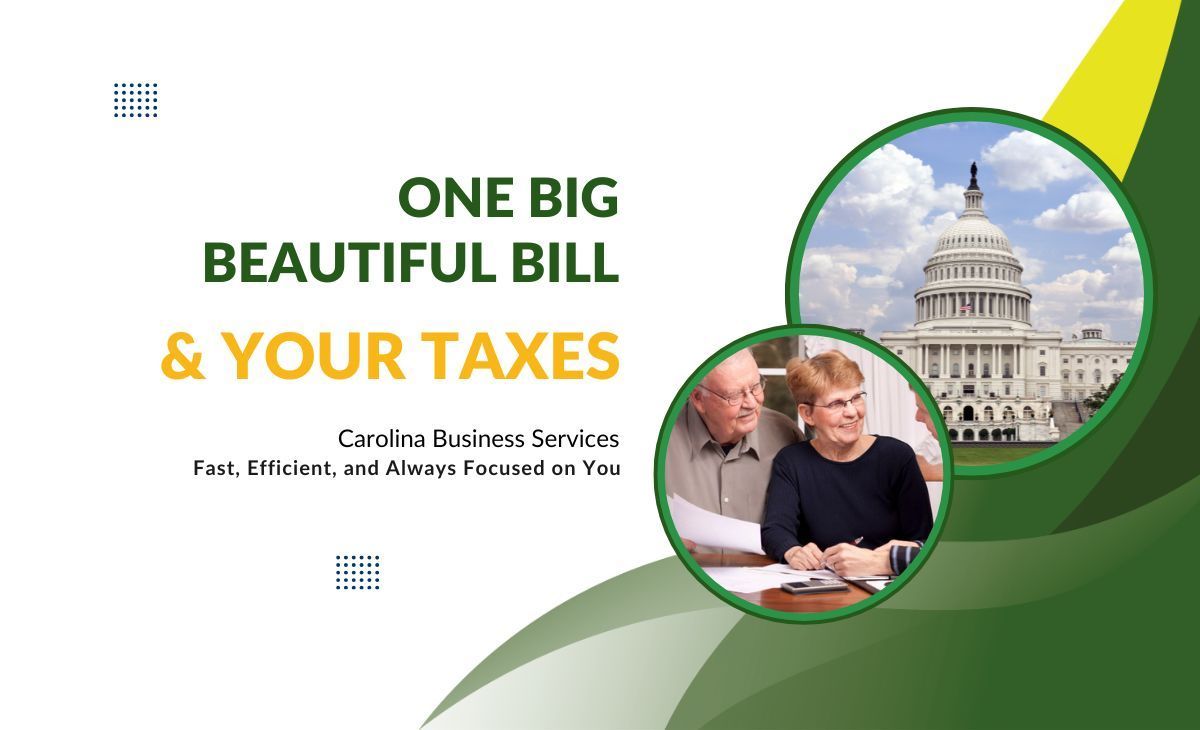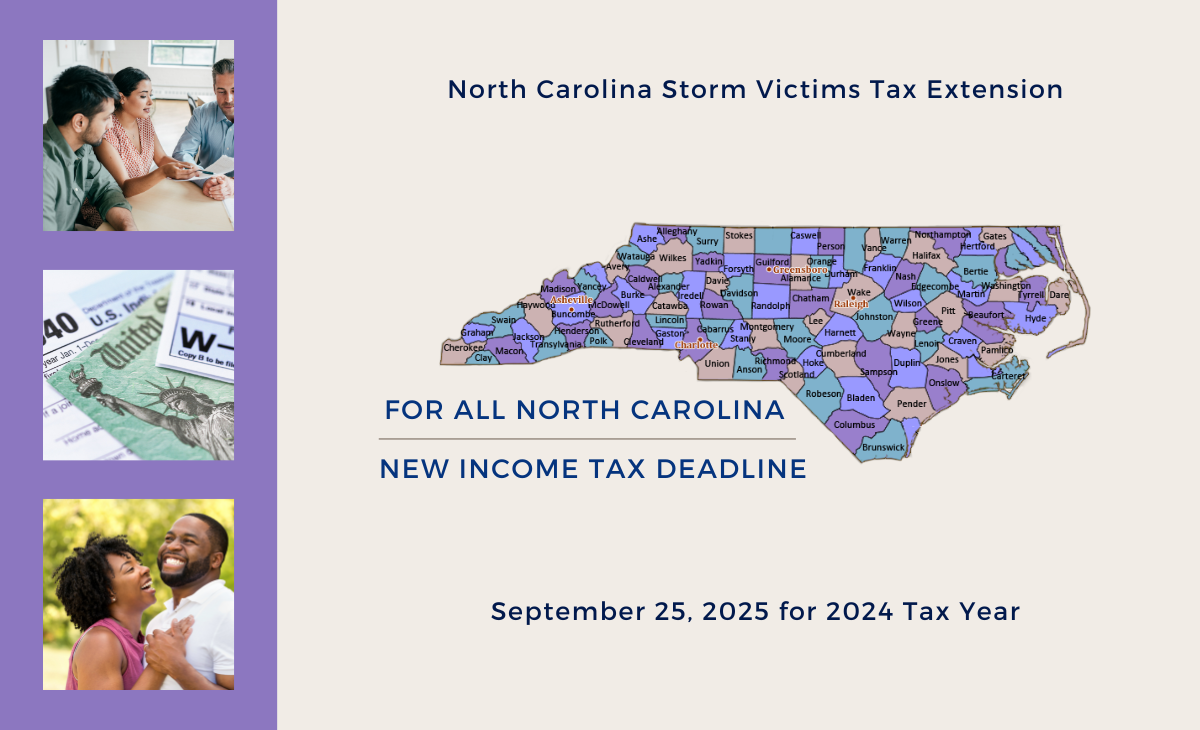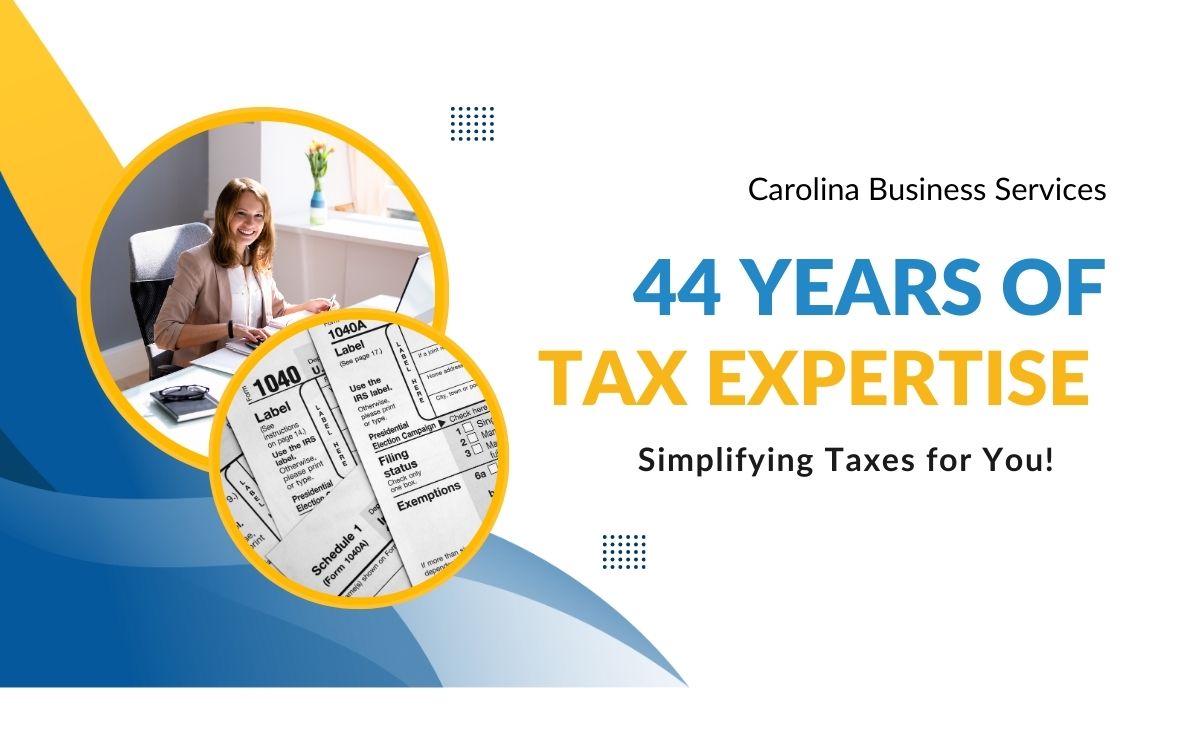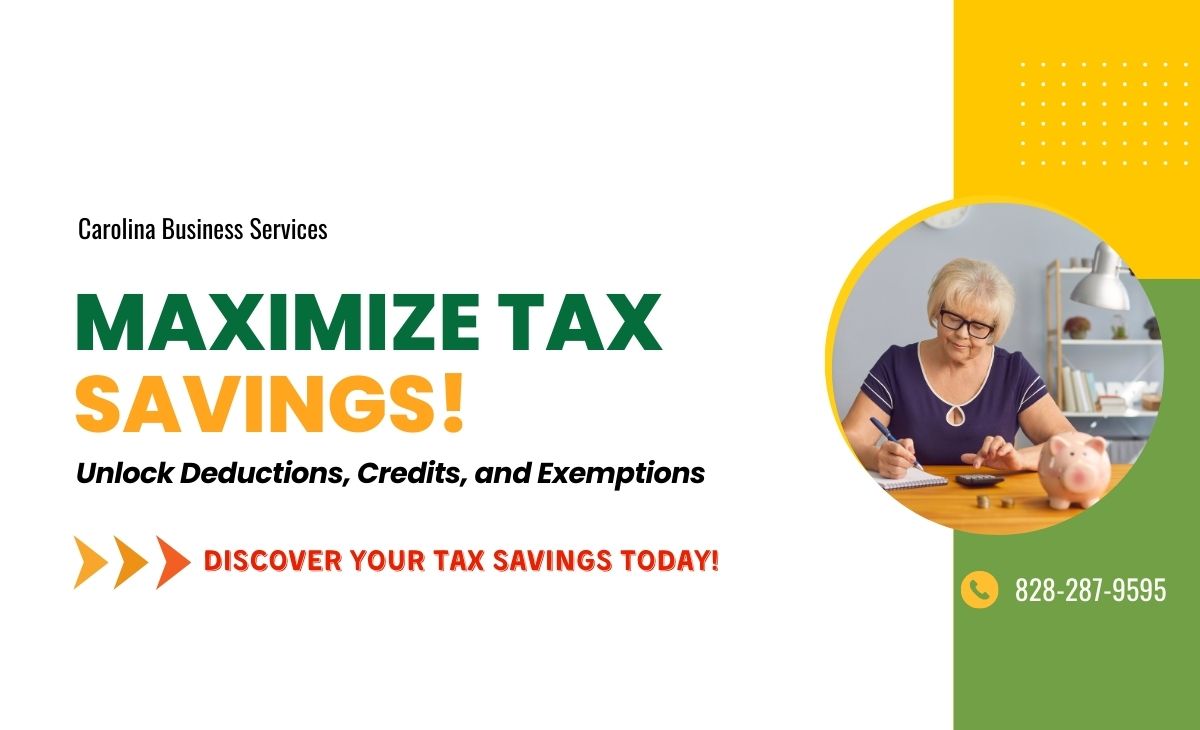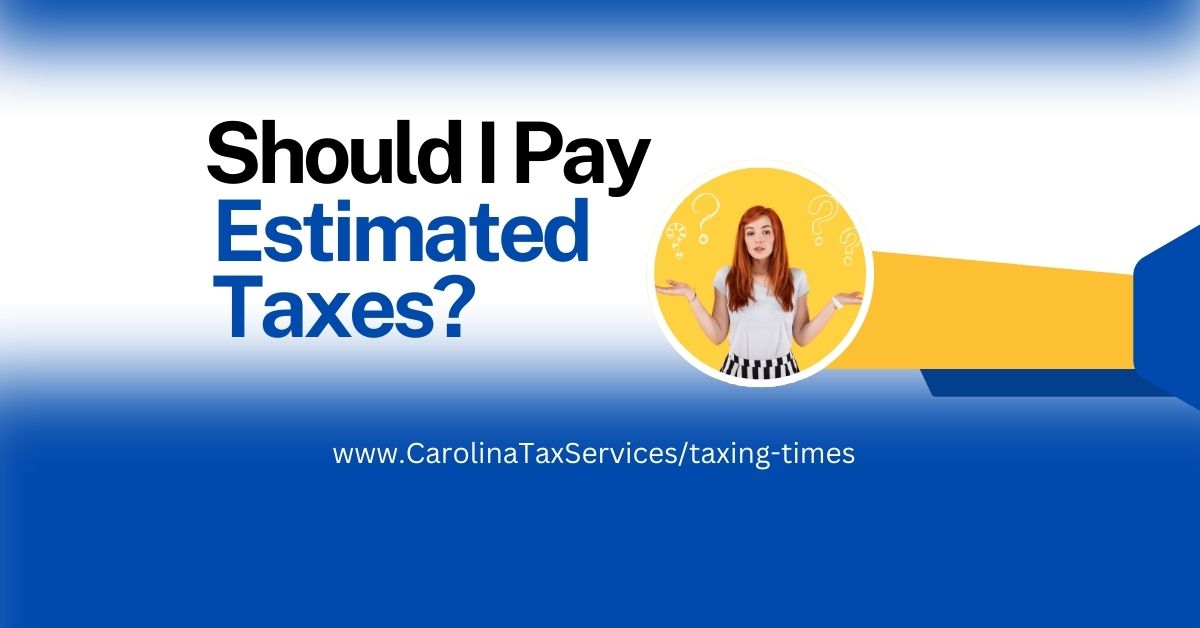Smart Tax Moves to Save Money and Reduce Stress
Smart strategies
to Cut Your Tax Bill &
Keep More Cash Where it Belongs
Your Wallet!

Why Tax Planning is Worth Your Time
Have you ever waited until the last minute to prepare for something important, only to wish you’d started sooner? That’s how taxes can feel if you leave planning until April. The good news is that even if December 31 has passed, there are still steps you can take to save money, reduce stress, and make a difference come tax time.
Here’s why year-end tax planning—or starting right now—is a smart use of your time:
- Maximize your savings. Taking action before the end of the year allows you to take full advantage of deductions and credits to lower your taxable income.
- Avoid surprises. Nobody likes an unexpected tax bill—or realizing you missed savings opportunities. Taking action now means fewer headaches when you file.
- Prepare for the future. Tax-smart decisions today ripple into the next year, helping you feel more prepared and financially secure.
Think About It: Whether you’re planning ahead or catching up, a few minutes of effort could save you hundreds—or even thousands—of dollars. Why wait?
A Note About Tax Law Updates
Tax laws, contribution limits, and deductions can change every year.
While the strategies in this article are timeless, it’s always a good idea
to double-check the latest rules on the
official IRS website
or consult a trusted tax professional.
How to Take Action and Maximize
Your Tax Savings
Tax planning might feel overwhelming, but it doesn’t have to be. By taking just a few simple steps, you can uncover opportunities to keep more of your hard-earned money. Whether it’s maximizing credits and deductions, boosting your retirement savings, or optimizing your paycheck withholdings, every action you take now can make a difference.

Curious about where to start? Begin by reviewing your income and expenses. A quick glance at your pay stubs, bank accounts, and receipts can reveal potential savings opportunities you might otherwise overlook.
Ready to take the next step? Let’s dive into practical strategies that can help you lower your tax bill and plan for a brighter financial future.
Claim Tax Credits and Deductions You’re Eligible For

Why pay more in taxes than you have to?
Tax credits and deductions are two of the most powerful tools to lower your tax bill. Credits reduce what you owe dollar for dollar, while deductions shrink your taxable income, potentially saving you even more.
Credits to Keep on Your Radar:
- Child Tax Credit: Provides financial support for families with qualifying children.
- Earned Income Tax Credit (EITC): Designed for low to moderate-income workers, offering substantial savings.
- Education Credits: Help reduce the cost of higher education and lifelong learning.
Two Types of Deductions to Explore:
- Standard Deduction: A simple and effective way to reduce your taxable income—most taxpayers qualify.
- The specific amount is adjusted annually for inflation
- No need to tract specific expenses
- Itemized Deductions: If your eligible expenses exceed the standard deduction, consider itemizing. Common examples include:
- Certain medical and dental expenses
- State and local taxes
- Mortgage interest
- Charitable contributions
- Retirement Savings and Investments
Quick Tips:
- Credits often provide more value than deductions, so it’s worth reviewing which ones you qualify for.
- Visit the IRS Credits and Deductions for Individuals for a complete list of available options.
- Explore an easy-to-understand guide for a simple breakdown of tax deductions, credits, and exemptions.
Check Your Withholdings
Is your paycheck working as hard for you as it could?
Withholding too much or too little can have a big impact on your tax outcome. Adjusting your withholdings now ensures you’re on track to avoid surprises—and maybe even keep more cash in your pocket.
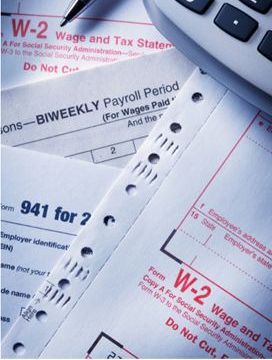
Consider This:
- Too little tax withheld? This could lead to an unexpected tax bill—or even penalties—when April 15 rolls around.
- Too much tax withheld? Think of it as giving the government an interest-free loan with your money. Consider putting that money into a high-yield savings account instead.
Quick Tips:
- Life changes matter - major events like marriage, having a child, or changing jobs are good reasons to revisit your W-4 form.
- Use the IRS Tax Withholding Estimator to review your W-4 form and ensure your paycheck deductions are just right.
From Standard to Specific:
When Itemizing Deductions Pays Off
The standard deduction works well for most taxpayers, but if your qualifying expenses are high enough, itemizing could save you even more. By tracking specific costs like charitable contributions, medical expenses, and mortgage interest, you can unlock greater tax savings.
The following four strategies are for those ready to move beyond the standard deduction and make every eligible expense count.

1. Make Charitable Giving Work for You
Giving back feels good—and it can be good for your taxes too. From cash donations to non-cash items like clothing and furniture, your generosity can lower your taxable income while making a difference for others.
What You Need to Know:
- Cash Donations: Deduct up to a percentage of your taxable income, depending on current tax rules.
- Appreciated Assets: Donating stocks or other assets can help you avoid capital gains taxes.
- Donor-Advised Funds: These allow you to claim a deduction now while giving to charities over time.
Quick Tips:
- Always get a written receipt for all donations, especially for non-cash contributions over $500.
- Bunching donations into one tax year—combining contributions you’d typically make over two years—can help you exceed the standard deduction threshold and maximize your tax savings.
- Check to ensure your charity choice is legitimate by using the Charity Navigator.
2. Maximize Your Retirement Savings
What if you could plan for your future and save on taxes at the same time? Retirement savings accounts offer a win-win: they help you secure your financial future while giving you valuable tax benefits today.
Here’s how:
- 401(k): Contributions reduce your taxable income. Check your plan’s limits and make the most of what’s allowed.
- Traditional IRA: You might qualify for a deduction if you contribute by the tax-filing deadline, usually mid-April.
- Roth IRA: While contributions aren’t deductible, qualified withdrawals are tax-free, offering long-term savings benefits.
Quick Tips:
- Even small increases in your retirement contributions can make a big difference over time.
- To learn more about contribution limits and benefits, visit the IRS Guide to Retirement Plans.
3. Use Your Investments to Lower Taxes
Turn your financial missteps into smart tax moves. Underperforming investments don’t have to be a loss—they can actually work in your favor. By using tax-loss harvesting, you can offset gains and reduce your taxable income, turning setbacks into savings.
Here’s How It Works:
- Sell investments at a loss to offset gains from other investments.
- Deduct a limited amount of net losses against other income.
- Carry forward any unused losses to future years.
Quick Tips:
- Be careful of the wash-sale rule, which disallows deductions if you repurchase the same or similar investment within 30 days.
- For a detailed explanation of tax-loss harvesting, visit the U.S. Securties and Exchange Commision Investor Education website.
4. Health-Related Tax Breaks
Your health expenses could do more than take care of you—they might also take care of your tax bill. Many medical costs qualify as deductions, and if they exceed a certain percentage of your income, they can significantly lower your taxable amount.
Eligible Expenses Include:
- Medical treatments, surgeries, and prescriptions.
- Vision, dental care, and mileage for medical appointments.
Quick Tips:
- Save all receipts and documentation for medical expenses—you may need them to substantiate your deductions.
- For a full list of eligible expenses, visit the IRS Guide to Medical and Dental Expenses.
Take Charge of Your Taxes Anytime
It’s never too late to make smart tax moves. Whether you’re tackling taxes as the year winds down or gearing up mid-tax season, every step you take can lead to meaningful savings. From claiming valuable credits to reviewing your withholdings, these small actions add up—and the benefits go far beyond the numbers.
Tax planning isn’t just about saving money.
It’s about taking charge, reducing stress, and building confidence in your financial future.

Your Final Tax Stragety Checklist
Think of this as your tax-planning wrap-up.
Before the clock runs out, double-check these 8 key steps to ensure you’re maximizing your savings and staying on track.
- Embrace Your Credits: Each credit you claim lowers your tax bill and boosts your savings—don’t leave money on the table.
- Align Your Paycheck with Your Goals: Fine-tune your withholdings to ensure every dollar works toward your financial vision.
- Turn Expenses into Opportunities: See your income and expenses through a strategic lens. Could they unlock valuable deductions?
- Give with Purpose: From cash donations to donor-advised funds, your generosity can benefit others while strengthening your bottom line.
- Invest in Your Future: Maximize retirement contributions for immediate tax benefits and long-term security.
- Make Your Investments Work for You: A smart portfolio review can transform losses into gains and set you up for future success.
- Turn Health Costs into Savings: Don’t overlook medical expenses that qualify for deductions.
- Check Out this Free Resource: Downloadable Tax Planning Checklist from Carolina Business Services.
Quick Tips:
- Overwhelmed? Start small—research potential credits you might qualify for or adjust your retirement contributions.
- Need guidance? A trusted tax professional can uncover missed opportunities and help you maximize savings.
- For additional tips and year-round strategies, explore the Taxing Times Blog.
Think About It: Every step you take today brings you closer to peace of mind and a stronger financial foundation tomorrow. Why wait? The best time to start is now.
Your Tax Questions, Answered
Even with a solid tax plan, it’s natural to have questions. From credits and deductions to fine-tuning your strategy, understanding the details can make all the difference. Here’s a closer look at some of the most frequently asked questions to help you stay informed and in control.
Tax FAQs for Better Planning
Can I deduct home office expenses if I work remotely?
It depends. If you’re self-employed, you can claim a home office deduction for the portion of your home used exclusively for business. However, if you’re an employee working remotely, home office expenses are no longer deductible under current tax law.
Are moving expenses tax-deductible?
In most cases, no. Moving expenses are only deductible for active-duty military members relocating due to a permanent change of station. This exclusion applies unless future tax laws change.
How long should I keep tax records?
The IRS generally recommends keeping tax records for three years from the date you filed your return. However, if you claim certain credits, such as a home energy credit, or have more complex returns, it’s wise to keep them for up to seven years.
Can I deduct student loan interest if I’m still paying off loans?
Yes, up to a certain limit, and without needing to itemize. The deduction applies to qualified student loans for higher education expenses, subject to income thresholds.
What happens if I can’t pay my tax bill by the deadline?
Don’t panic. File your return on time to avoid late filing penalties and explore options like IRS payment plans or short-term extensions. Acting quickly can minimize fees and interest.
Disclaimer: This article is for informational purposes only and does not constitute legal, tax, or financial advice. Please consult a qualified professional to address your specific needs and ensure compliance with applicable laws.



